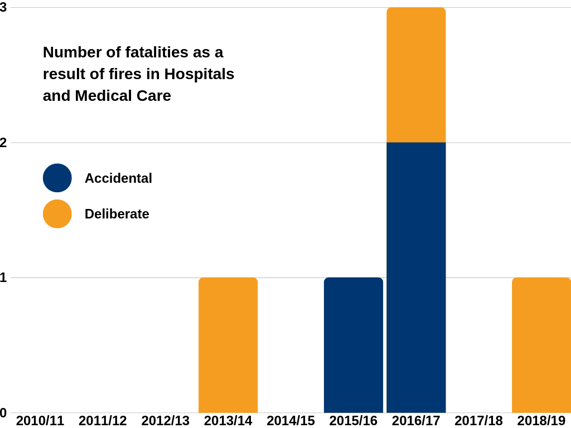Sign up to our newsletter
Two years on since the tragic events at Grenfell Tower unfolded, we are disappointed to say that we continue to still see hundreds of residential and public buildings across the UK that are covered in the dangerous cladding that played such a destructive role in the Grenfell fire.
With this in mind, it is no shock that the urgency to meet fire safety compliance has increased tenfold. Over the past two years in fact, the number of compartmentation surveys on buildings in Britain has spiked, and where landlords are failing to act, the government has agreed to fund the replacement of aluminium composite material (ACM) cladding, but there is still a way to go.
Landlords of tower blocks such as Grenfell are generally responsible for the lives of a few hundred residents. So for a business like the NHS that sees over 1 million people every 36 hours, it is imperative that it learns from the mistakes made within the social housing sector.
Why?
Because, the NHS holds the lives of over 240 million patients a year in its hands. Whilst fire deaths have been uncommon across the NHS, the Home Office reported five fatalities as a direct result of fire incidents on NHS Trust properties since 2015. A sizeable increase on the 1 fatality reported in the decade before.

Data source: Home Office
With hospital fire figures rising over the past five years, should hospitals be reviewing their fire safety measures? We think yes, or face a similar event to Grenfell hitting a hospital ward or clinic in Britain. Just as it has done to the Henri Mondor hospital in Paris last month. A blaze which tore through several floors of a residential hospital complex housing staff, killing one and injuring 7.
But how should the NHS react?
To start, it is important that current cladding on NHS Trust estates is checked to ensure its safety. On one of our recent jobs for instance, cladding was already half-way up on a new build children’s hospital. When news broke of Grenfell, the architect checked his plans were in line with the safety specifications. Whilst his plans were correct, the cladding on the building was wrong. An incorrect order had been placed, and the cladding had to be removed immediately to be replaced by newer cladding. A costly mistake which led to a subcontractor falling into administration.
So what do teams need to look for to ensure that they are compliant?
For newer builds, the specifications for any cladding used can be found within the project’s Health and Safety file. For older builds, it may require a more manual approach. This means hiring someone to remove a panel from the building and check its specifications on the reverse. If the cladding is not compliant, it must be replaced as soon as possible.
Will the government’s recent announcement of further investment help the NHS?
With Boris Johnson promising a £1.8bn injection of cash into the NHS, investing this money both wisely and swiftly is of paramount importance. If it is not sensibly spent on rectifying dangerous cladding and hospitals continue to run with these materials in place, patient’s lives will be put at risk.
It must also be done quickly and effectively. The longer a ward or hospital is closed, the wider these effects are on the safety of patients.
Therefore, for Estates and Facilities managers looking for a place to start to improve your Trusts fire safety credentials, fire compartmentation is the ideal place to begin. This will not only save lives, but could potentially save your hospitals thousands if not millions of pounds in potential damage repairs from cladding. An added bonus to a sector that is strapped for cash in 2019.
Helping to provide assurance
With hospitals struggling to find the time to perform compartmentation surveys themselves, it is essential for Estates and Facilities managers to source a third-party who is compliant and competent in working within the NHS.
Fortunately, Pennington Choices consists of an expert team of fire risk assessors who are members of the Institute of Fire Safety Managers (IFSM), and can help you with all aspects of fire safety. This includes assisting with your policy documents, providing independent reviews of existing procedures, fire risk assessments and strategy.
Our assessors have years of experience in the NHS. This includes delivering detailed inspections of fire doors, compartmentation surveys which are independent and providing expert advice and consultancy.
We are well versed in the relevant health technical memorandums, and are accredited for the provision of life safety fire risk assessments (BAFE SP205-1). Our teams have comprehensive understandings of PAS79, Approved Document B, BS9991, and other fire related regulation and guidance.
You can find case studies on our website of previous work we have carried out within the NHS.
To speak to a qualified member of our team, you can contact us on 0800 883 0334.
Alternatively, you can email us at asktheexperts@pennington.org.uk.





